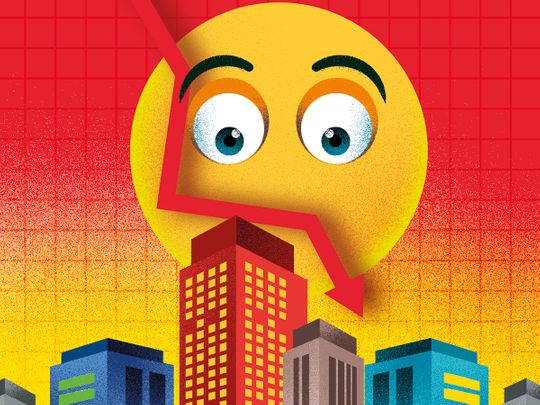
A number of people who read my last column came back to me and said: “Okay, so do you have any suggestions for repurposing large retail developments? Are you referring to existing properties? Or to new ones which are partially built or on the drawing board?”
Properties that are on the drawing board are perhaps easier to reposition since the go-no-go decision can still be taken. Retail developments that are existing, or partially completed, are more complex, since they already have large footprints with substantial built-up areas.
What are their positive features?
* They have large plots of land in key communities;
* They have easy ingress and egress;
* They have power and sewage;
* They have potentially large open spaces that could be used for parking, or be developed for outdoor activities; and
* They are located close to communities or at major intersections allowing approach from various directions.
Why are we discussing repurposing?
* Excess retail space is not expected to level out in at least 18-24 months. A recent report suggested that air travel will take three to four years to come back on track. This kind of time frame will have a direct impact on markets.
* Pandemic behavior: Customers avoid crowded places, tend to purchase in spurts with restricted shopping visits. They prefer familiar malls with a wider choice for this. This sucks up marketshare with little left for the smaller, newer, or less established players.
* Mall visits for a quick meeting, a cup of coffee a bite, or just to while away time is now unattractive. There is no assurance that these changes in customer habits will revert to status quo ante.
* Online shopping is filling the void left by offline retail and is growing by leaps. This behavior will settle at a much higher level in the long term.
OTT platforms have grabbed loyal cinema followers during the pandemic period, getting them used to the convenience of sitting at home as a family and watching their favorite shows at a much lower cost. Cinema owners will fight back pushing for more releases, but It is to be seen if the cinema culture will recover to earlier levels.
What are we looking at?
As retail properties become unviable, they will need to be adapted to new uses. A number of older shopping centers and malls that lost their retail relevance and have segued into other areas such as providing services.
They now house banks, visa offices, telecom offices and clinics using up a lot of floor space that was otherwise going abegging. Unfortunately, many other places even now are full of hoarded up stores with no takers.
A few years ago, a once bustling large mall in central Jeddah was shut down. It remained an unused eyesore right in the center of the city for years. Maybe someone can update me if it still is the same.
The problem is that repurposing a property calls for reworked revenue streams. Developers are used to getting a piece of the upside of a retailer’s performance with percentage rents kicking in above a target sale. They also have the comfort of long-term contracts locking in tenants with escalation clauses. So for them it is a paradigm shift to move to a model without these benefits. Add to that the sunk cost fallacy and the hesitation to make the mental switch is no surprise.
In some countries, repurposing is a working model and malls and centers have already transformed themselves. A few are going the digital, AI entertainment route, trying to create exciting environments reflecting the new culture. But this is still based on the thinking that people want to flock to and spend more time in malls.
Others have made the shift and are now housing large offices with maybe a few food stores and cafes for the immediate needs of the people working there or visiting from nearby.
School-ready
Large footprints with high roofs can be adapted to schools, colleges or universities incorporating multi-purpose halls, lecture theatres, indoor and outdoor sports facilities, gyms and swimming pools. A hospital or multiple clinics can also be refitted in the structure. The availability of parking and potential of landscaping in open spaces is an added attraction.
There could also be creative future-looking uses. Consider becoming a community hub that can serve people who do not want to go to large unwieldy malls with smaller, more intimate meeting spaces, cafes and restaurants, art stores and studios, indoor and outdoor gardens, and sports activity areas including climate-controlled swimming pools.
New-gen needs
Labs providing maker facilities, 3D printing studios, robotics and gaming centers are also growing trends. There were recent reports of vertical or indoor gardens cultivating vegetables and fruits in UAE and supplying much of the needs of the country with a growing range of produce. Space could be adapted for this, adding a fresh organic market where visitors could also enjoy buying the produce at source.
Of course it is a challenge to find new and fresh uses for the properties. But once developers change their mindsets, they will certainly come up with even more clever ideas to make the spaces productive, useful, and socially relevant.
Reminds me of the Taylor Swift song, ”I’ve got a blank space baby, and I’ll write your name...”
- Ajai Kumar Dayal is a retail professional with over three decades experience in the field. He can be contacted on twitter @ajaitwit.








